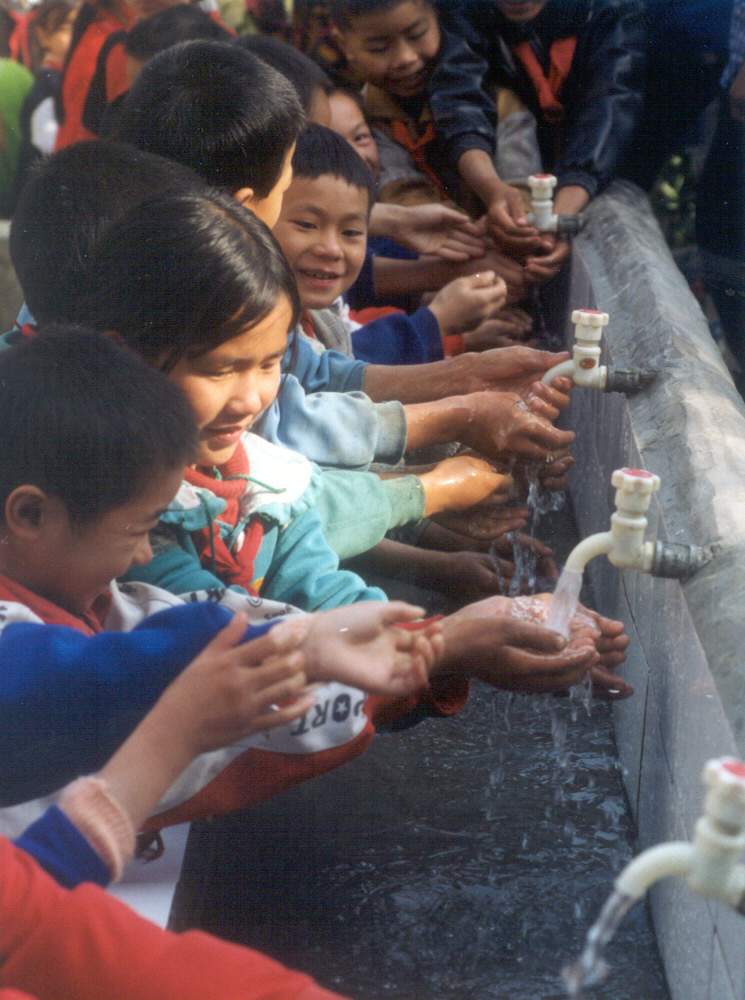UN agencies help nation on key fronts


This is just one of the innovative projects the WFP is carrying out in China. It works closely with the central government to share knowledge and best practices to reduce poverty, as well as sharing the country's expertise in ending hunger around the world.
When the agency arrived in China 40 years ago, more than one-third of the population was hunger-stricken.
As the food assistance branch of the UN and the world's largest humanitarian organization, the WFP's operations in China increased rapidly, becoming the agency's largest globally within a decade.
But the office also realized that China wanted to avoid depending on international food aid, so it focused on development assistance and helping people to feed themselves.
For example, Gansu province has always experienced droughts, and harsh weather conditions make it difficult to grow food.
To solve the problem, the WFP launched an aid project in Gansu with investment of $18 million. With professional assistance, farmers were able to build an irrigation system, which increased agricultural production and improved infrastructure.
On completion in 1995, local food production had risen by 6.38 times compared with 1989, according to the WFP.
In spring 1998, torrential rains caused the worst flooding in China since 1954. Areas along the Yangtze River were seriously damaged and millions of residents affected.
"The office also helped victims of the 1998 floods to recover," Qu said. "We responded with an emergency food aid project for people affected in Anhui, Hebei, Hunan and Jiangxi provinces, and contributed about $88 million."
But Qu said that from 2005 to 2016, WFP China was relatively quiet. "This was the time when China made great progress in ending hunger thanks to its rapid development," he said.
It was also a period when the country moved from being a recipient of WFP aid to becoming a significant donor to the agency's global operations, Qu added.
In March 2016, the WFP signed a memorandum of understanding with the government to renew and strengthen their partnership for ending global hunger. The agency hoped China could share with other countries its experience and achievements in reducing poverty and malnutrition.
Qu said an upcoming project will involve WFP China selecting dozens of young farmers from Zimbabwe to come to China for three months.
They will have the chance to receive comprehensive training, from agricultural and solar technology to e-commerce. If they decide to start a business, the office will provide funding and send an instructor if needed.
Based on the memorandum, WFP China developed a Country Strategy Plan for 2017 to 2021 with a budget of $29 million. The plan is in line with several national priorities, such as the 13th Five-Year Plan (2016-20) and the Food and Nutrition Development Plan (2014-20).
"We are now working with different ministries, departments and academic and research institutes, as well as companies and organizations in various fields and projects," Qu said. "There is broad scope for further cooperation between the WFP and China. We want to do something good for the world."
























